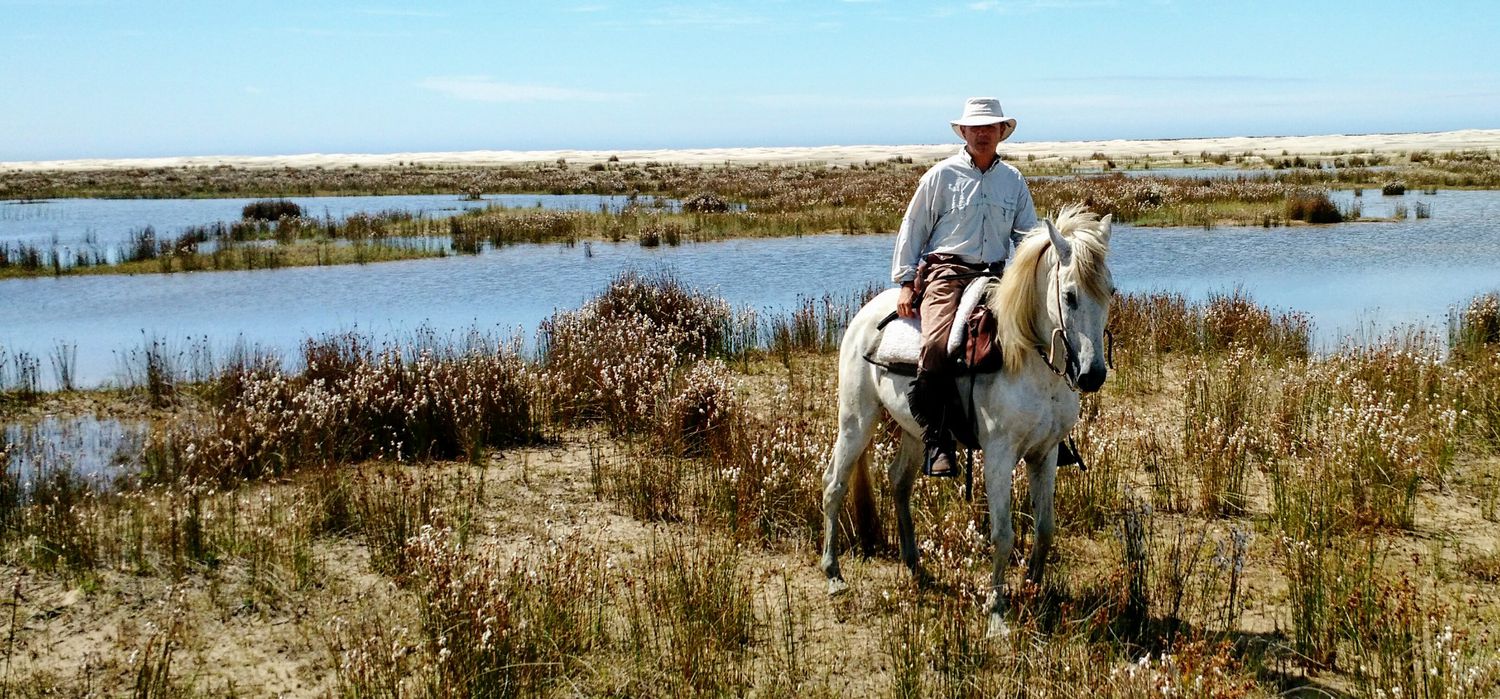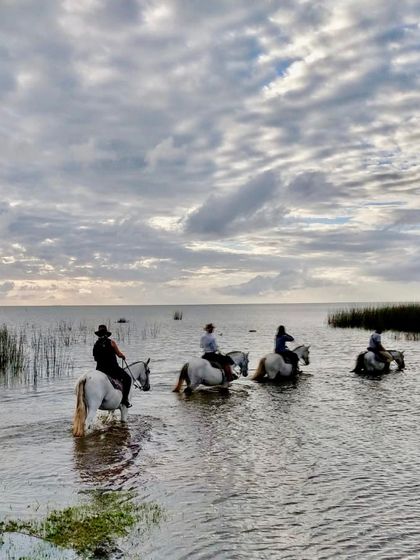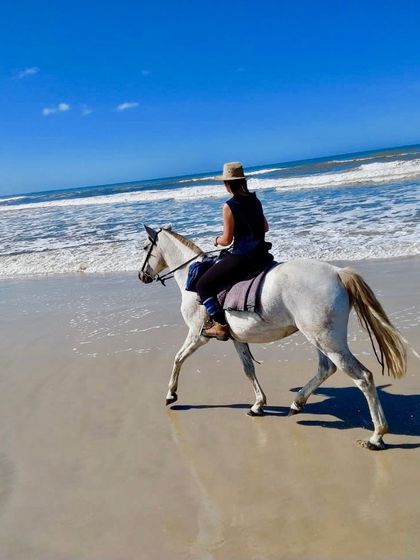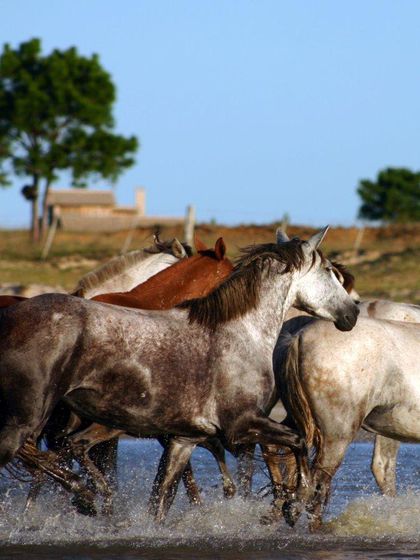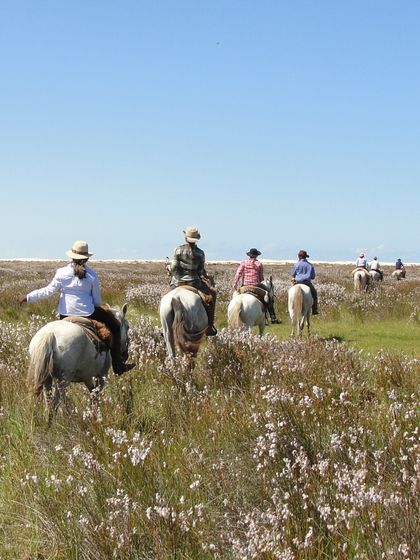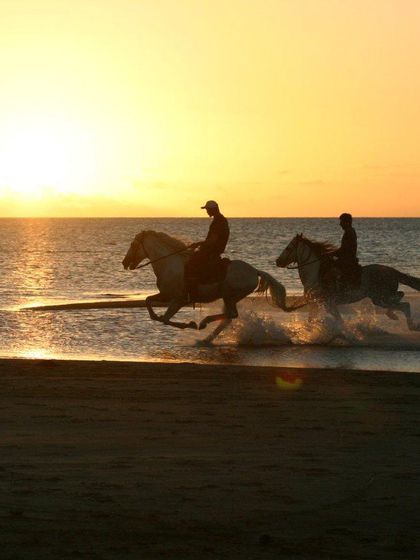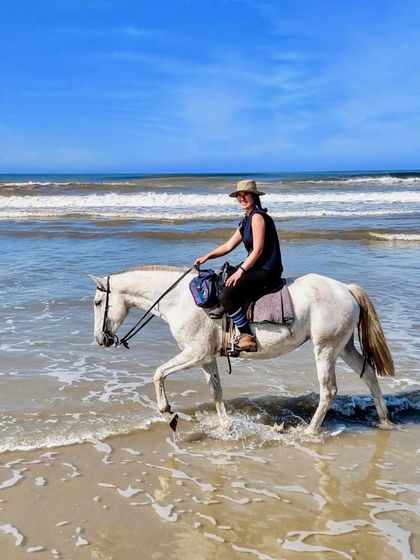Description
Lagoa do Peixe national park (literally translated as Fish Lake) is 34,400 hectares of salt marsh, coastal dunes, arboreal habitat, lagoons and marine habitat in the southern region of Brazil. The area is an important feeding ground for many birds and the number of different habitats within the park have resulted in some unique environmental qualities and features. The park is considered a "Wetland of Significant Importance", is part of Brazil's Mata Atlantica Biosphere Reserve and is considered an important shallow water source for birds by Birdlife International. Two of the species found within the park - the leatherback turtle and Brazilian guitarfish are critically endangered according to the IUCN and twelve other species are on the national list of endangered species.
Lagoa dos Peixe national park is mostly composed of 'restinga' - a term referring to the recent sedimentary depositions of marine origin. Restinga formation is the result of at least four cycles of rising and falling sea level caused by an alternation of glacial and interglacial periods. The park contains marine environments, lakes, lagoons, mobile and stationary dunes, arboreal, shrubby and herbaceous restingas, swamps and flooded forests. There is also a stretch of sandy beach along the sea edge and vast dunes which are constantly altered by wind.
The physical-chemical and structural features of the lagoon, such as its shallowness, salinity, temperature and closeness to the sea, make it an important migratory habitat for several species of bird. The presence of rich invertebrate fauna and fish in the lagoon make it a preferred feeding ground for many birds migrating between the USA and Patagonia. In particular the park is an important reproductive and moulting area for black-necked swans and Coscoroba swans (the peak month is March).
The area is also a great place from which to observe flamingoes, spoonbills, fur seals, sea-lions and even whales.
The greater Lagoa dos Patos restinga is actually a series of coastal lakes and lagoons shaped like a string of rosaries. In the northern portion there are two freshwater lakes (Lagoa Veiana and Pai Joao). Lagoa dos Patos (Duck Lake) is the largest lagoon in Brazil and is seperated from the Atlantic Ocean by a sandbar of 5 miles wide. You will be able to see why the locals say that this place is the only place on earth where the sun both rises and sets in the sea.
This inhospitable area is best explored on horseback and the beautiful Lusitano is the perfect companion. Your hosts have c. 60 Lusitano's at their stud farm and run trail rides as an aside to their usual jobs.
